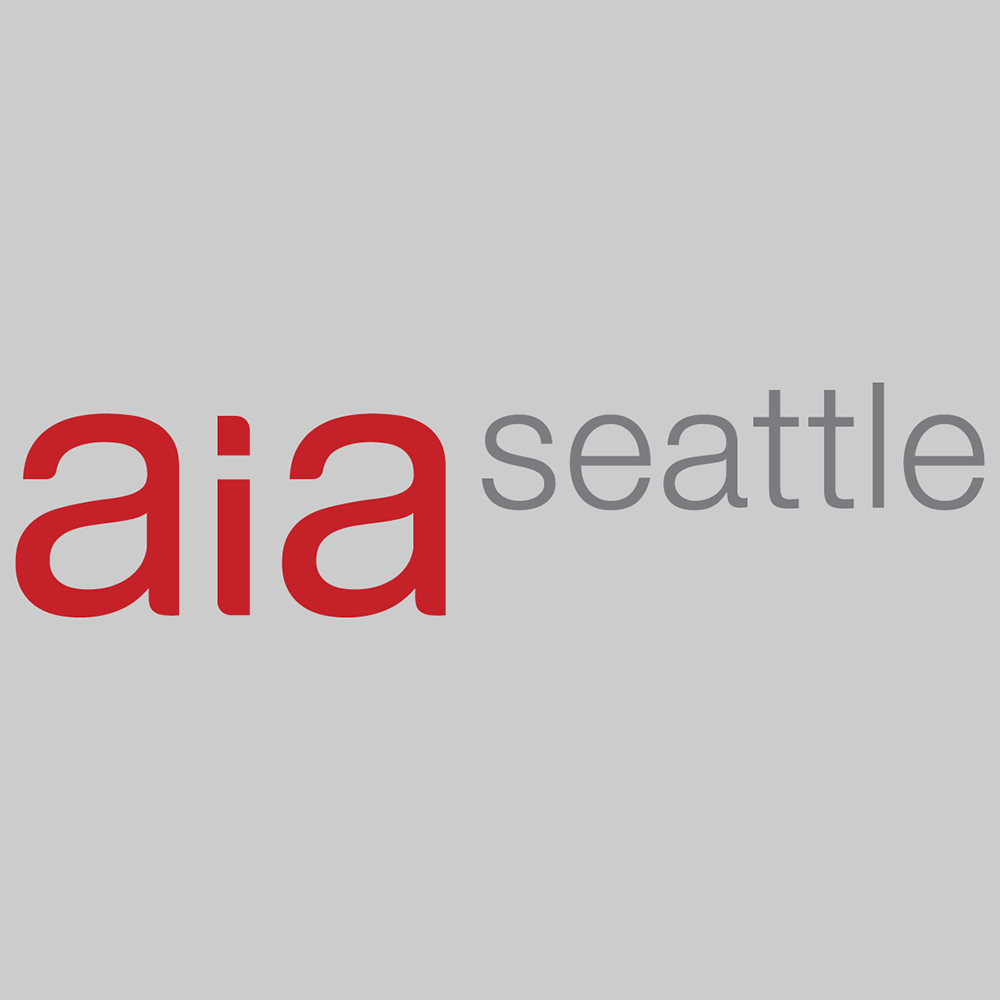Back in late 2004, we received a unique opportunity. The American Institute of Architecture (AIA) Seattle branch was looking for structural engineers to help architects review for their licensing exams. The set-up sounded straight-forward. A course full of useful notes would be provided to us, and all we had to do was run through those notes over a series of evenings for a small collection of aspiring young architects. After the classes, the architects would then be full of knowledge and confidence to take the structural engineering portion of their licensing exams. This would be a big step for them in their professional development and mastery of architecture. We accepted the invitation, happy to serve our community.
Of course, life is never quite what you expect it to be. The notes were aging and were more suited for a world of old-style clear sheets on overhead projectors than for LCD projectors. The code references were out-of-date. The architects were a collection of young, eager practitioners and seasoned veterans. Nearly all of them wanted a deeper understanding than could be summed up in four three-hour sessions. Everyone, including our engineers, was tired from long days at work. The class members’ level of enthusiasm for being out until 9 p.m., before another long day of work, varied widely.
Over the course of the next few years, we re-wrote the entire presentation. We changed the examples, and we changed the approach to the classes. We learned a lot. There is no substitute for living the experience, but here is my summary:
- The best way to learn is to teach. It’s a cliché, but it’s true. Until you have stood in front of a group of people and put your knowledge on the line, you are missing something. Teaching helps you focus, helps you remember, and gives you a new appreciation for the knowledge that you have. It gives you humility, because sometimes you don’t have the answer. Surprisingly, to the novice presenter, that isn’t always bad. One architect told me that seeing the engineers sweat to figure out a complex practice problem made her feel better: She knew then that she wasn’t bad at the material, the material was simply very difficult. This was the most valuable thing that architect took from the class, and that was fine. In fact, it was great. Most people are kind in this environment, and it is a great place for both sides of the podium to learn.
- Public speaking skills are learned, not inherited. You might think that, without practice, you are a natural ace or a hopeless wreck. Either way, you are wrong. Expertise comes with practice. Before trying this, I will admit: I was very, very nervous. After nine years, I am sometimes asked to speak on short notice. Do you need me to do a quick talk for the school board? Sure. Sometimes I am still nervous, but I have the experience to make it work. I also have simple strategies to succeed: know your material, prepare your key points (they will be your roadmap if you lose your place or get an unexpected question), and be sure to have something to eat and drink ahead of time. Hunger and thirst are not allies of good presentations. They aren’t allies of good audiences, either. I once read a study of judges who review parole requests. The approval rates are highest after a meal and fall nearly to zero just before the next meal. If it is appropriate, and you can bring a snack for your audience, do it.
- Explaining things is a learned skill, too. In project coordination meetings, I am often called upon to explain my design strategy. This is part of the process. As with public speaking, it is mostly built by experience. I can explain much of what I do and think about as a structural engineer because I have done that several times a year in the AIA class for nearly a decade. You would be surprised how often the difference between a quick resolution and a protracted discussion is the ability of the speaker to provide a clear and concise explanation of their decision. Sometimes this has to be done for difficult people. That makes it harder, but practice helps that, too. Not everyone who takes the AIA class expects that the instructor will be a mere mortal. Some expected better. Dealing with that is a great opportunity to practice in a fun environment.
- Pass it along. After nine years, I still have a lot to learn, but others do, too. At Reid Middleton, we give them a chance. It’s easy to get wrapped up in the idea of doing something personally and, of course, doing it “perfectly” based on all of that personal experience. It is often better to give a less experienced presenter a chance. It helps humility, too, when they find a better way of explaining something than I ever have. I don’t know if they always believe me when I talk about what a good opportunity they are receiving. Sometimes they think that I just don’t want to be out late. Can’t both of those be true?
After all this, I am glad we took the unexpected opportunity of the teaching for AIA Seattle. Our team of instructors has learned so much and helped so many people. Once in a while, a student even contacts us after they pass to say “Thank you.” That’s a great feeling. After all, that is what it is all about.



